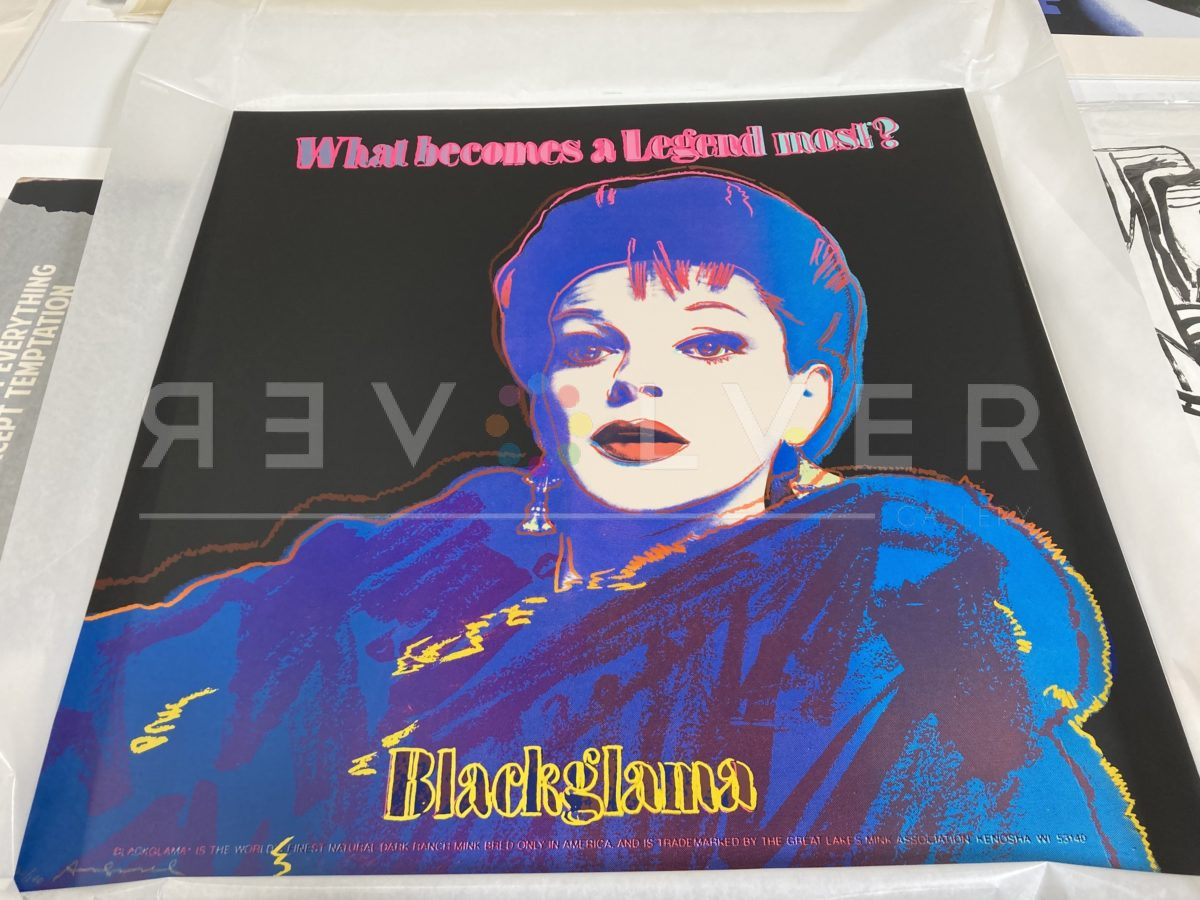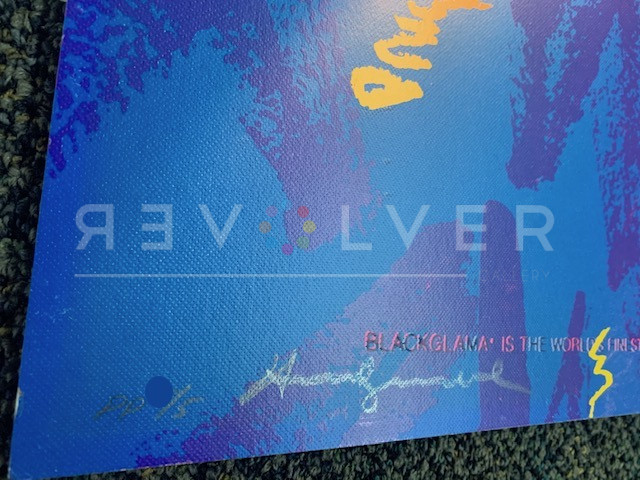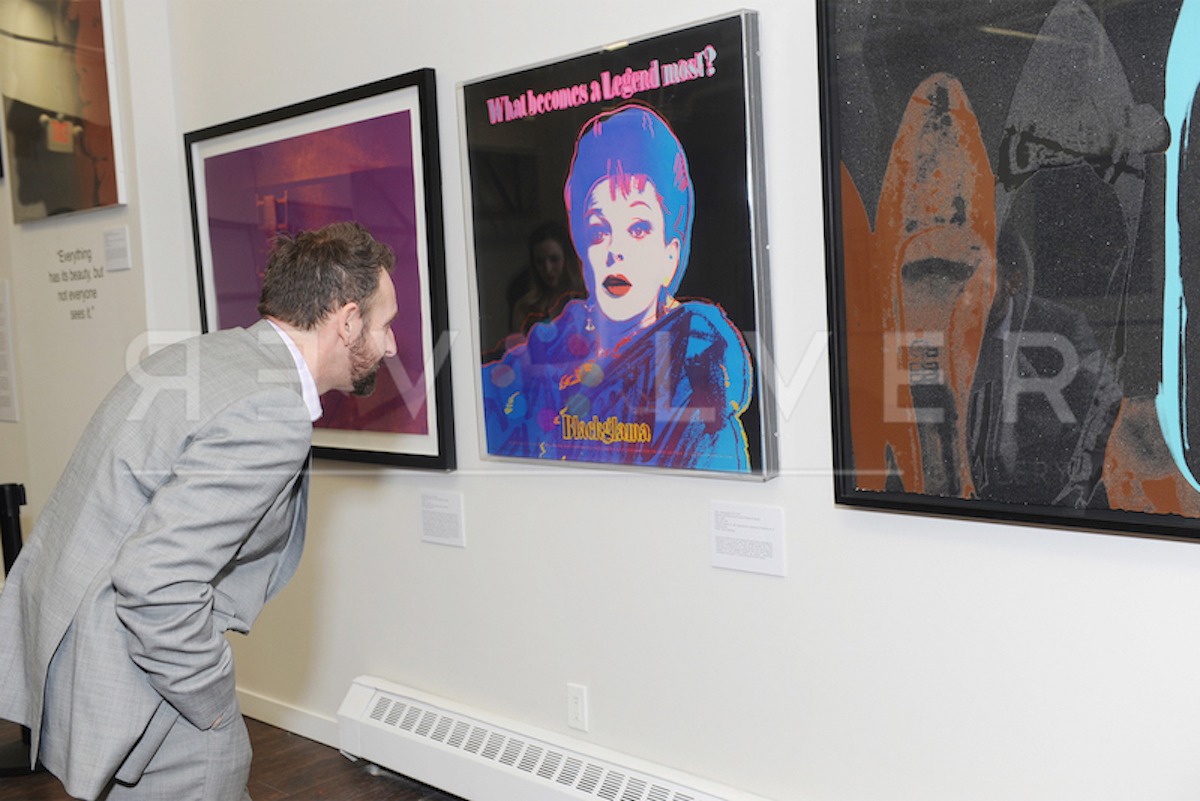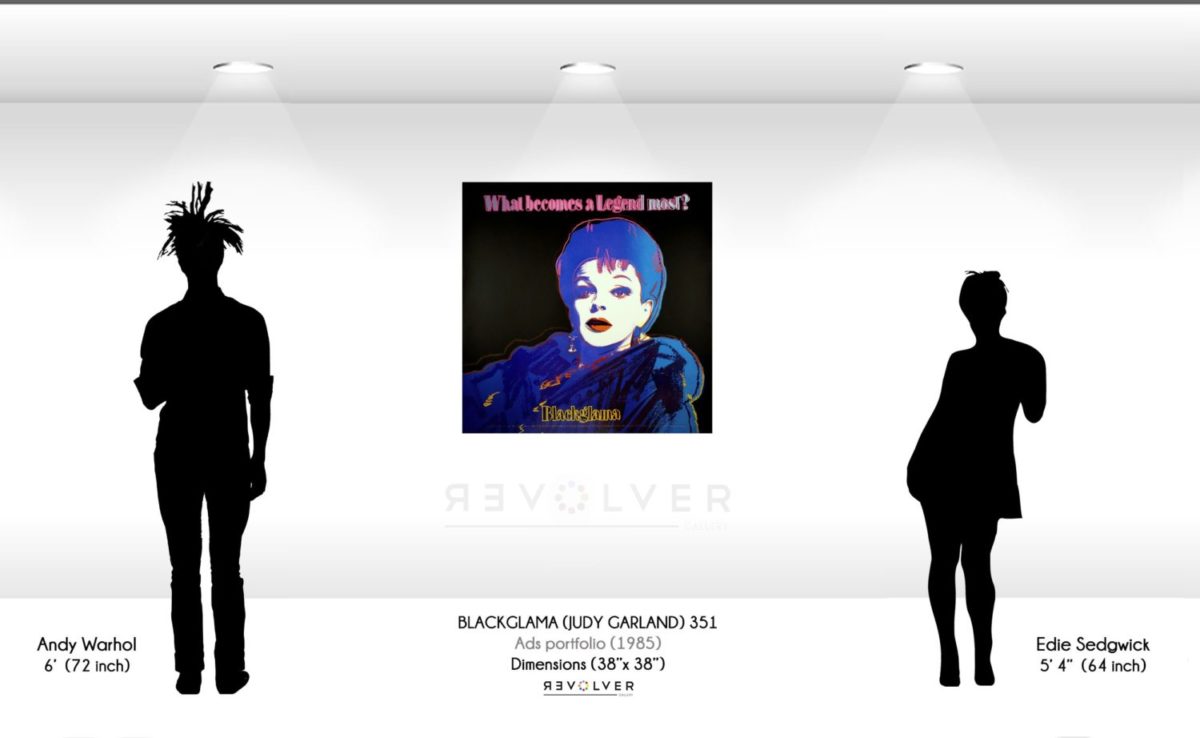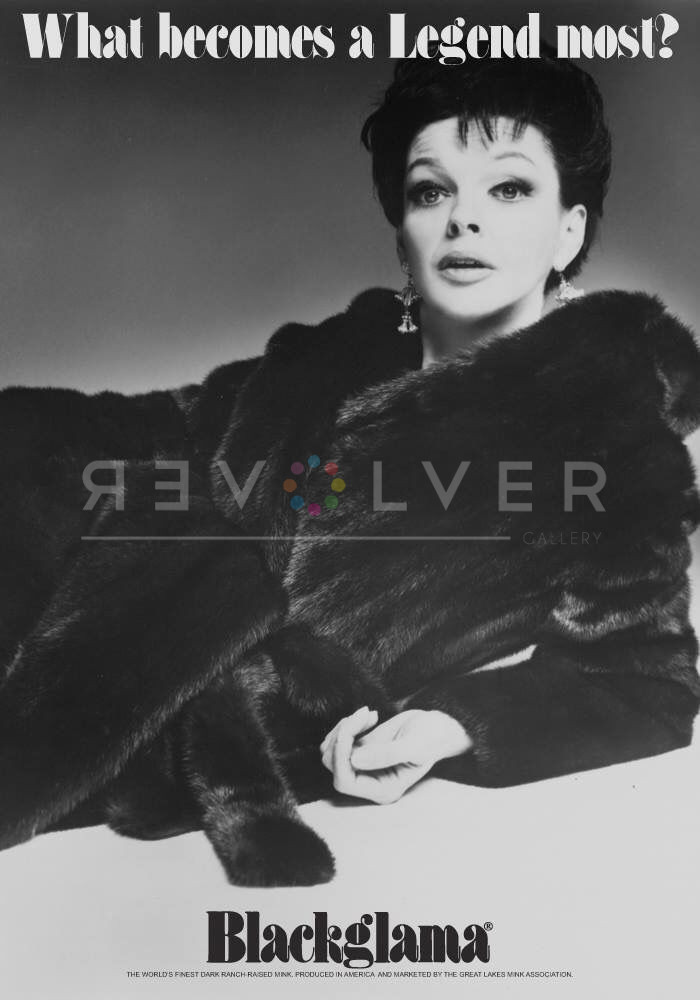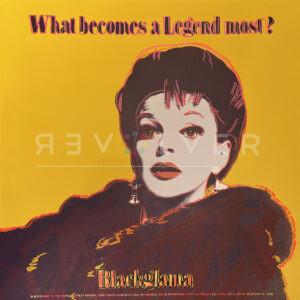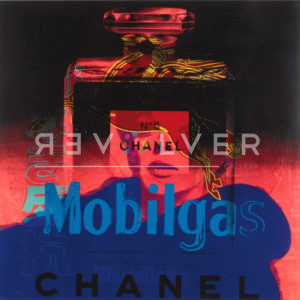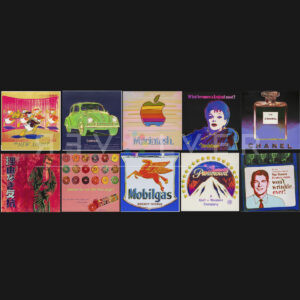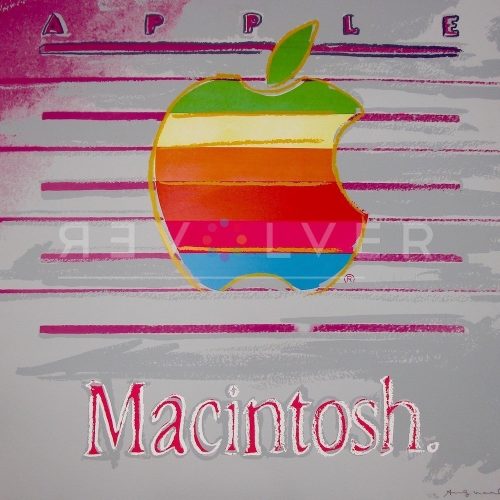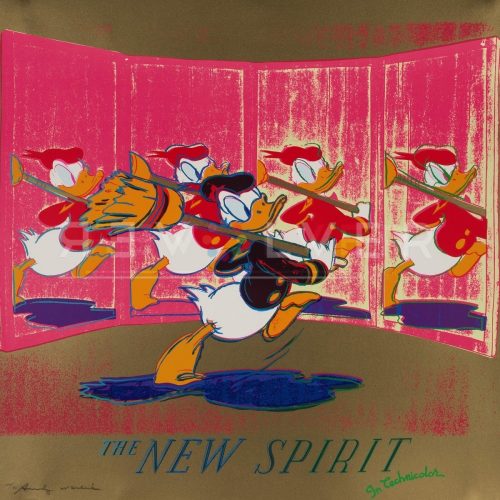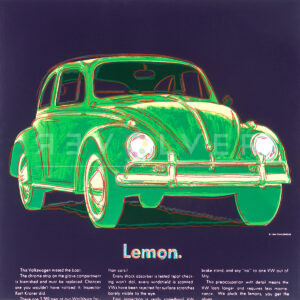Blackglama by Andy Warhol is a screenprint depicting Judy Garland from the artist’s Ads portfolio, commissioned by art dealer Ronald Feldman and published in 1985. In this series, Warhol presents his own modernized and glamorized versions of classic advertisements from the 1950s, 60s, 70s, and 80s.
What becomes a Legend Most? The Blackglama Furs poised slogan suggests its one of their luxurious coats, but Warhol’s rendition of this Blackglama ad transforms the selling of clothing into a visual story that truly becomes actress Judy Garland’s legacy. “It was odd because that night, for some reason, no one seemed to notice her,” Warhol said of Garland when she attended the 50 Most Beautiful People party at The Factory in 1965. “I noticed her, though. I always noticed Judy Garland.”
Garland began acting as a child, and while her visage and success glimmered brilliantly, the dirty business of Hollywood took a tragically unfair toll on her health. In her career, “the greatest entertainer who ever lived” (as coined by Fred Astaire) starred in many movies including The Wizard of Oz and Meet Me in St. Louis, took home a Golden Globe, a Grammy, and was nominated multiple times for an Academy Award. Garland passed prematurely in 1969.
Her depiction in Warhol’s Blackglama print attracts the eye both for her beauty and the stark contrast of bright color on a black background. Warhol’s skill with color is especially highlighted in this screenprint, with Garland’s profile hopping off of the page, as if it was a neon sign in a desert midnight. Her picture is the same outline as the original Blackgama advertisement, but is made ghostlike and haunting by the blue hues that circle her colorless complexion. The lines detailing the texture of her coat are indefinite. Coupled with the few accents of highlighter-toned lines and the Blackgama slogan and logo at the margins, the work has the Warholian flair, but with a weight that befits the life and legacy of its subject and feels almost like a memorial poster more than an advertisement.
Fascinated by consumer culture and energized by the glow of celebrity, Warhol ‘s beginnings as a commercial illustrator in the 1950s was not lost on his later works. With his Ads portfolio, Andy Warhol performs a makeover on advertisements of the 50s, 60s, 70s and 80s, that nod to notable fixations of American culture. Blackglama 351 illustrates an intersecting relationship between a regular diet of tragedy and pop culture fed to society by mass media and the consumerist civilization’s eagerness to eat without coming up for air. In addition to Blackglama, Ads is also home to Chanel, Life Savers, Mobil, Volkswagen, Apple, The New Spirit (Donald Duck), Rebel Without a Cause (James Dean), Paramount, and Van Heusen (Ronald Reagan).
Photo credit: Judy Garland for the 1968 Blackglama “What Becomes a Legend Most?” advertising campaign that was photographed by Richard Avedon.


